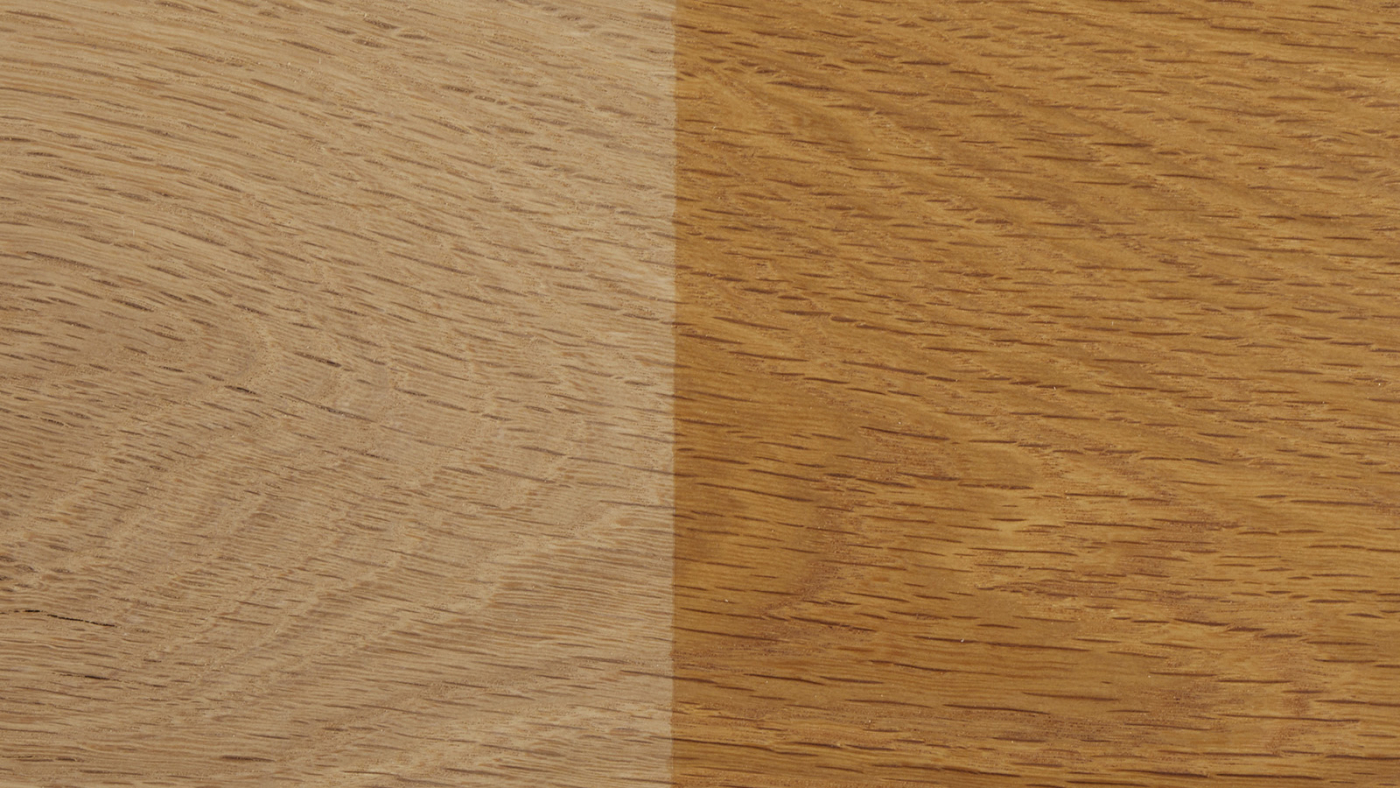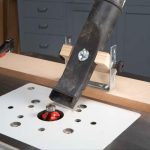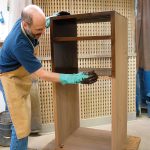We may receive a commission when you use our affiliate links. However, this does not impact our recommendations.
 Scientific Name: Quercus macrocarpa
Scientific Name: Quercus macrocarpa
Other Common Names: Blue oak, Cucharillo, Encino, Mamecillo, Mossy overcup oak, Roble, Scrub oak
Growing Regions: Throughout North America. According to Woods of the World, bur oak is often found on dry uplands, limestone and gravelly ridges, sandy plains, and loamy slopes to moist flood plains of streams.
Characteristics of Tree: Bur oaks attain a height of 50 to 80 feet and diameters of 24 to 48 inches.
Characteristics of Wood: The sapwood is whitish to light brown in color, and the heartwood varies from light tan or pale yellow-brown to dark brown. The wood may also have a pinkish tinge. like other oaks, the grain is open. Rays are typically longer than those in red oak. Crotches, swirls and burls are occasionally present, and plainsawn boards have a plumed or flare-grained appearance. The grain pattern is tighter, and figuring is usually lower in riftsawn lumber. Quartersawn materials often have a flake pattern that is sometimes referred to as tiger rays or butterflies.
Finishing Characteristics: Like other oaks, bur oak has a high tannin content, so some finishing products, especially those that are mostly water, may turn the wood green or brown.
Workability: Individual pieces of wood can vary from being easy to work to quite difficult. The wood glues well, but you should pilot drill for nailing to avoid splits. Bur oak sands well and is easy to manipulate while steam-bending.
Common Uses: Flooring, mine timbers, railroad ties, veneer, stakes, sub-flooring, utility poles
Availability: Rare in some regions.
Special Features: Bur oak’s working properties depend to a large extent on the rate of growth of the individual trees. Slow-grown Appalachian trees cut more easily. Fast-grown southern species are harder.

End grain
Here are some supplies and tools we find essential in our everyday work around the shop. We may receive a commission from sales referred by our links; however, we have carefully selected these products for their usefulness and quality.








